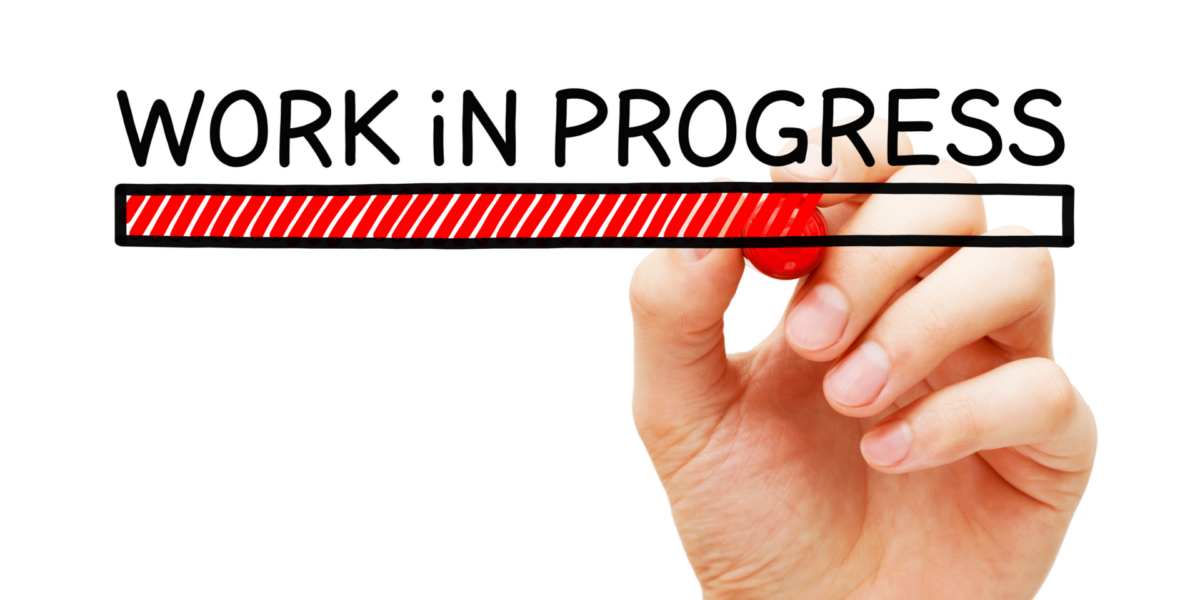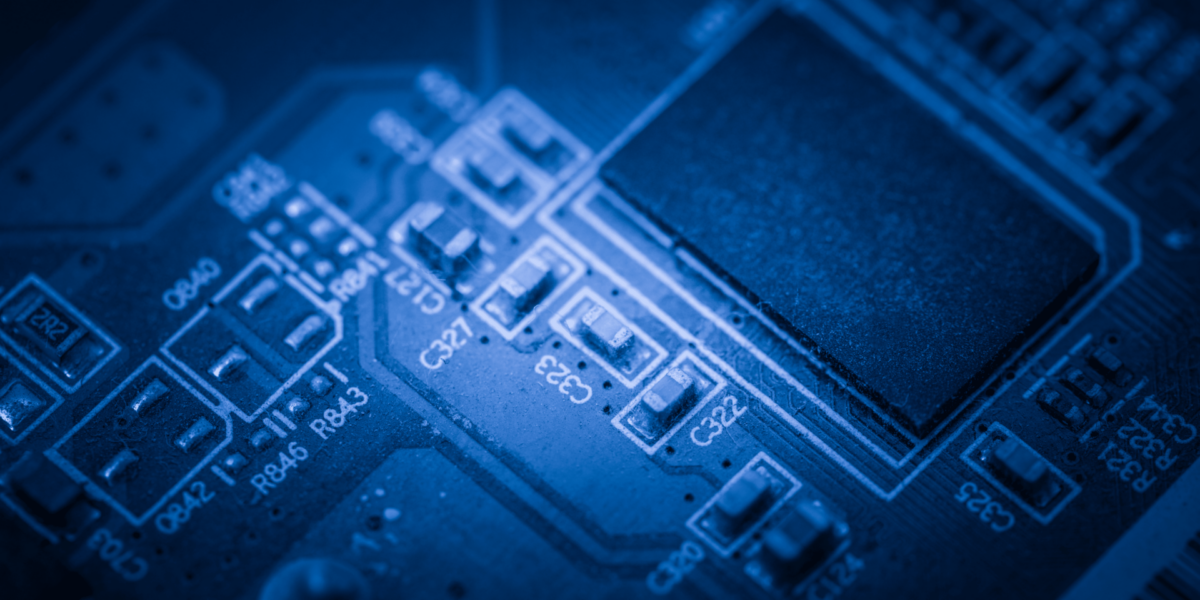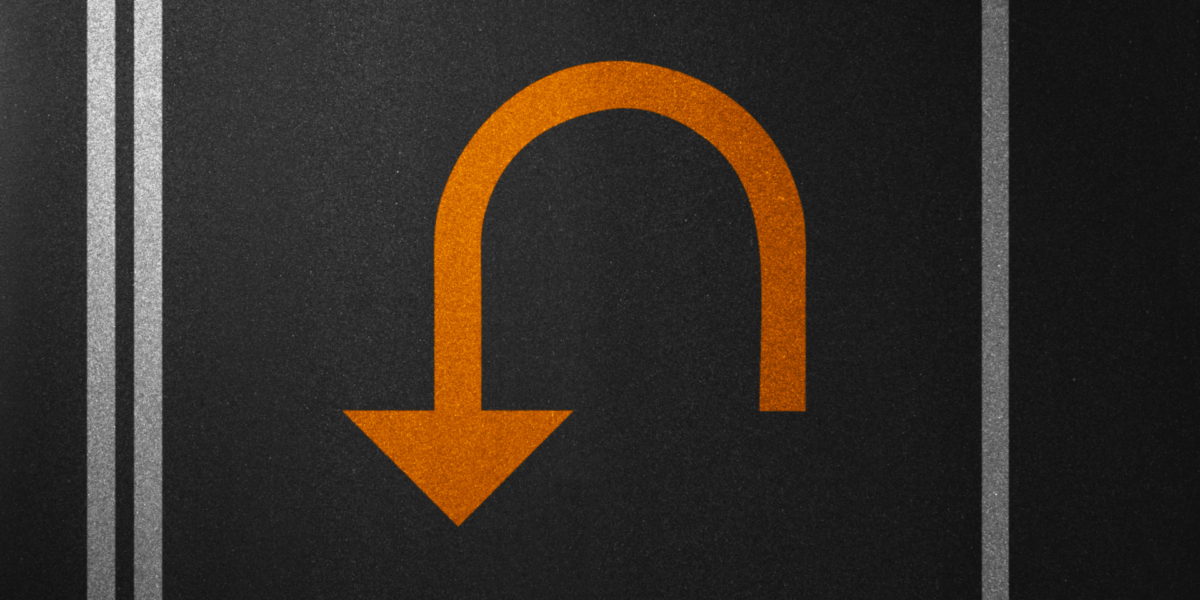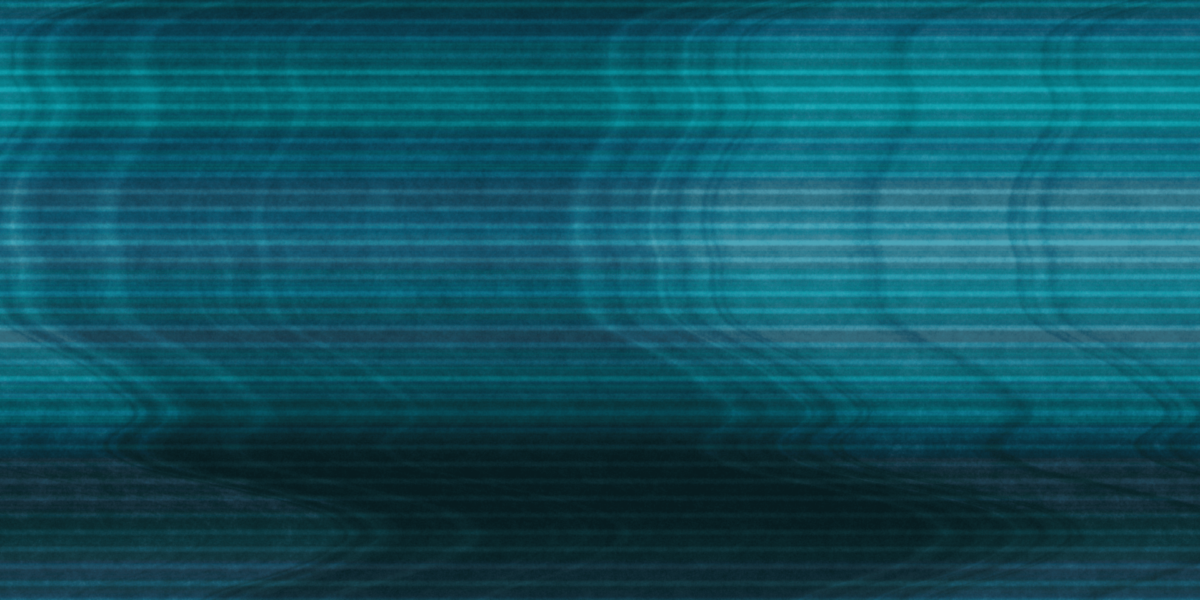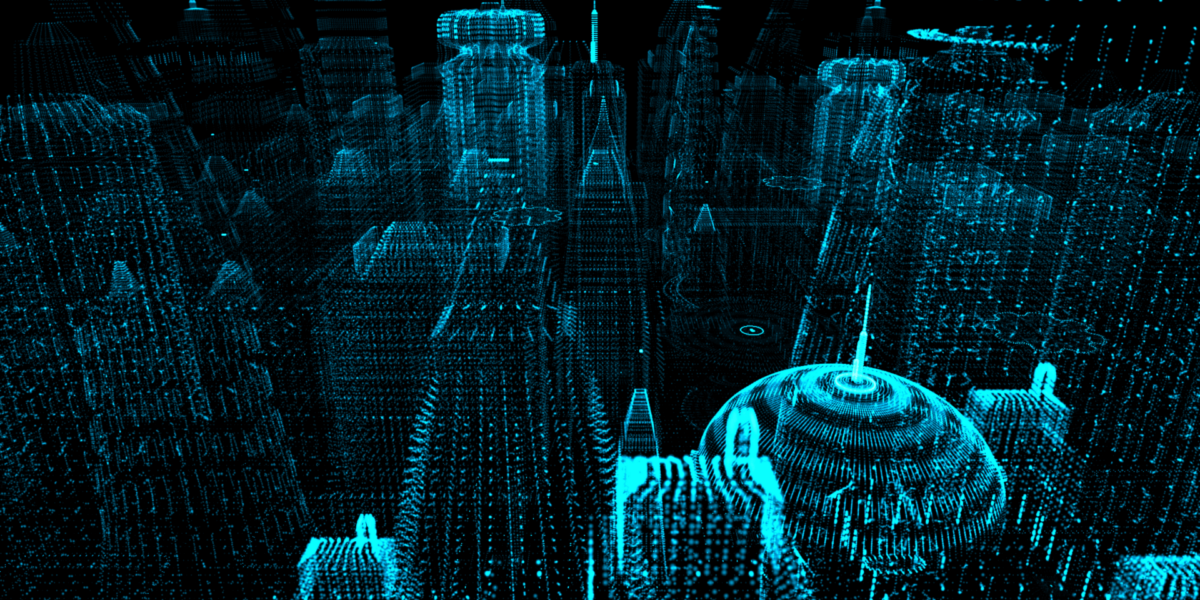Digital Decay Is Not Just Technical Failure
Digital decay is more than corrupted files or broken links. It’s a gradual erosion of meaning, access, and context across platforms and systems. As technology evolves, yesterday’s content becomes unreadable or unreachable, not because it disappeared, but because no one can interpret it anymore.
A realistic scenario might involve someone opening a document created in an old word processor. The file still exists, but the format is no longer supported. Without the right software or metadata, the content becomes noise—still present, yet effectively lost.
Progress Moves Forward, but Access Often Falls Behind
Technology markets value innovation. New formats, features, and frameworks emerge rapidly. But this pace leaves older systems behind. Tools get discontinued, updates remove compatibility, and access shrinks with each upgrade.
Progress creates a paradox. As interfaces improve, legacy data becomes harder to retrieve. A platform designed to streamline experience may silently lock away years of user-generated content. The illusion of constant improvement masks a growing archive of inaccessible material.
Platforms Decide What Survives
Corporate decisions shape digital memory. When platforms sunset services, change file policies, or update algorithms, they often discard existing content. Users have little say in what remains. Their data is subject to shifting business priorities and design strategies.
This silent curation creates skewed records. What survives does so not because of historical value, but because it aligns with the platform’s current goals. As a result, entire categories of content—forums, comments, early videos—disappear without acknowledgment.
Decay Alters the Timeline of Digital History
When files, websites, and media decay, the timeline of digital history warps. Missing content breaks narratives. Dates, sources, and sequences become unclear. Without full archives, researchers and everyday users alike form fragmented understandings of past events.
This creates a digital present where the past is unstable. When a social movement’s online roots vanish or early innovations lack documentation, we lose clarity. Digital decay limits what future generations can study, reference, or build upon.
The Human Cost of Digital Loss
Digital content holds personal significance. Photos, voice messages, journals, and creative work represent more than data—they are memory. When this material decays, it erases part of someone’s identity or legacy.
Picture someone trying to revisit a late relative’s online presence. Their blog is down, their social media inactive, their emails inaccessible. The digital fragments left behind cannot reconstruct the full person. What remains is impersonal, stripped of nuance, and prone to misinterpretation.
Metadata Is the First Layer to Disappear
Most users don’t tag, label, or organize their digital files consistently. When systems fail, this lack of metadata makes recovery nearly impossible. Without names, dates, or descriptions, even intact files lose their meaning.
This decay doesn’t require physical damage. The file may open perfectly but lack enough context to explain what it is or why it mattered. Without structure, digital content becomes a puzzle with missing pieces, where the user can’t recall how the pieces fit.
Narratives of Decay Shape Future Design
Understanding how and why digital decay happens can inform better design practices. Systems must prioritize long-term access, open formats, and user ownership. Too often, platforms focus on immediacy over endurance.
Developers and designers have a choice. They can continue to build tools that discard old content, or they can build environments where digital memory thrives. This shift requires intentional strategies—data export options, backward compatibility, and clear user controls.
Resilience Requires User Intervention
Users must take an active role in preserving their content. That includes backing up data, converting files into sustainable formats, and moving important materials off unstable platforms. Expecting systems to retain everything long-term leads to disappointment.
A realistic scenario involves someone exporting years of creative work from a subscription service before closing the account. Without that step, the work could vanish. Personal action, even if inconvenient, protects against platform-driven decay.
Archiving Is No Longer Optional
In a constantly shifting digital environment, archiving becomes a daily necessity. What is accessible today may be gone tomorrow—not due to disaster, but because it was simply unprofitable to maintain. Preservation efforts must start now, not after a loss.
Organizations, communities, and individuals must document their histories, export content regularly, and create redundancy in storage. Tools should support this behavior by offering export features and emphasizing portability. Archiving shouldn’t be a technical challenge; it should be a standard practice.
Memory Fades Without Design
Digital decay isn’t accidental. It results from choices made by platforms, designers, and users. When content fades, it reflects values—what we chose to keep, and what we allowed to vanish. By rewinding progress, we uncover what was lost in the name of speed and convenience.
If we want a future where digital memory lasts, we must build for it. That means designing systems that protect content, honor user agency, and slow the erosion of digital meaning. In doing so, we rewrite the narrative—not as one of loss, but as one of conscious preservation.
